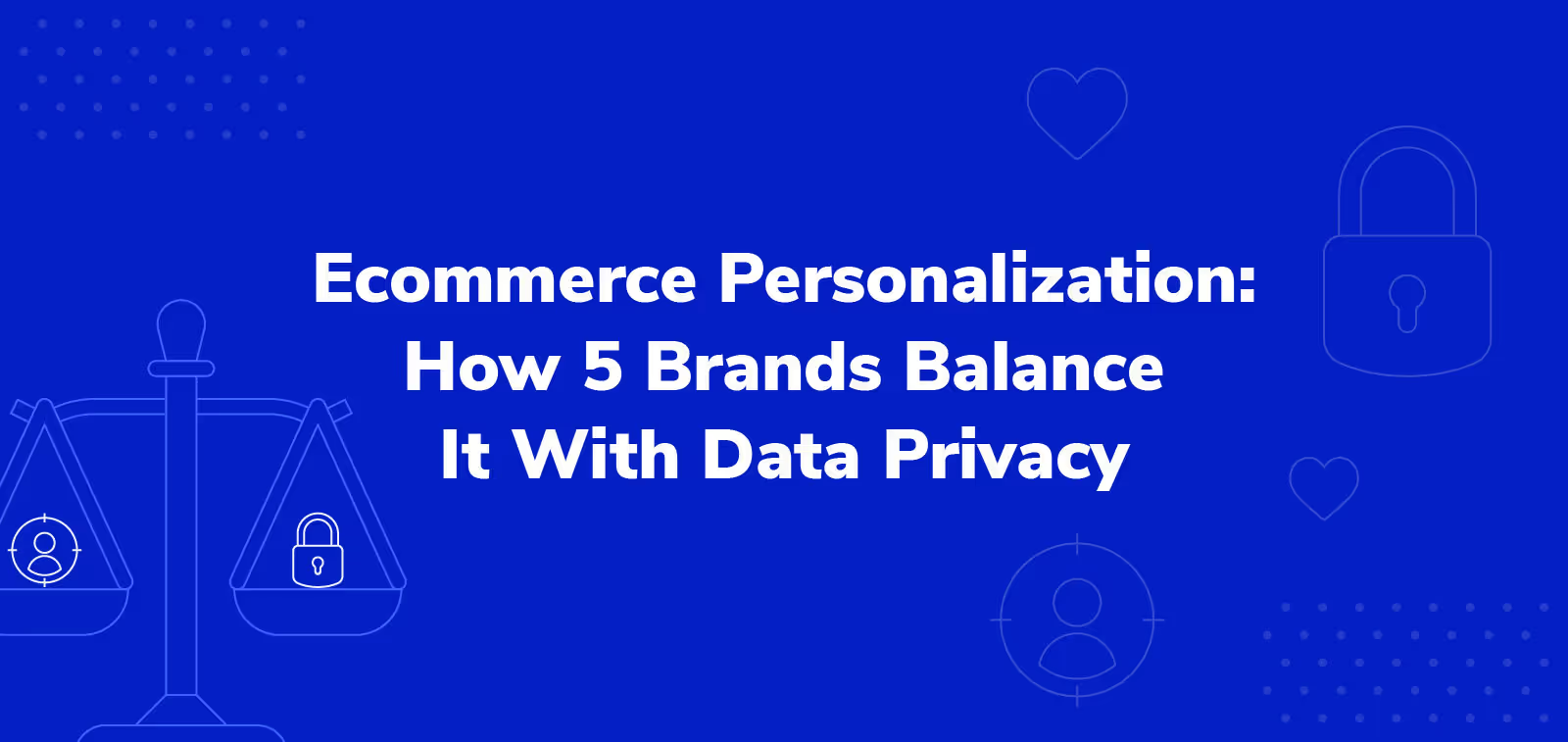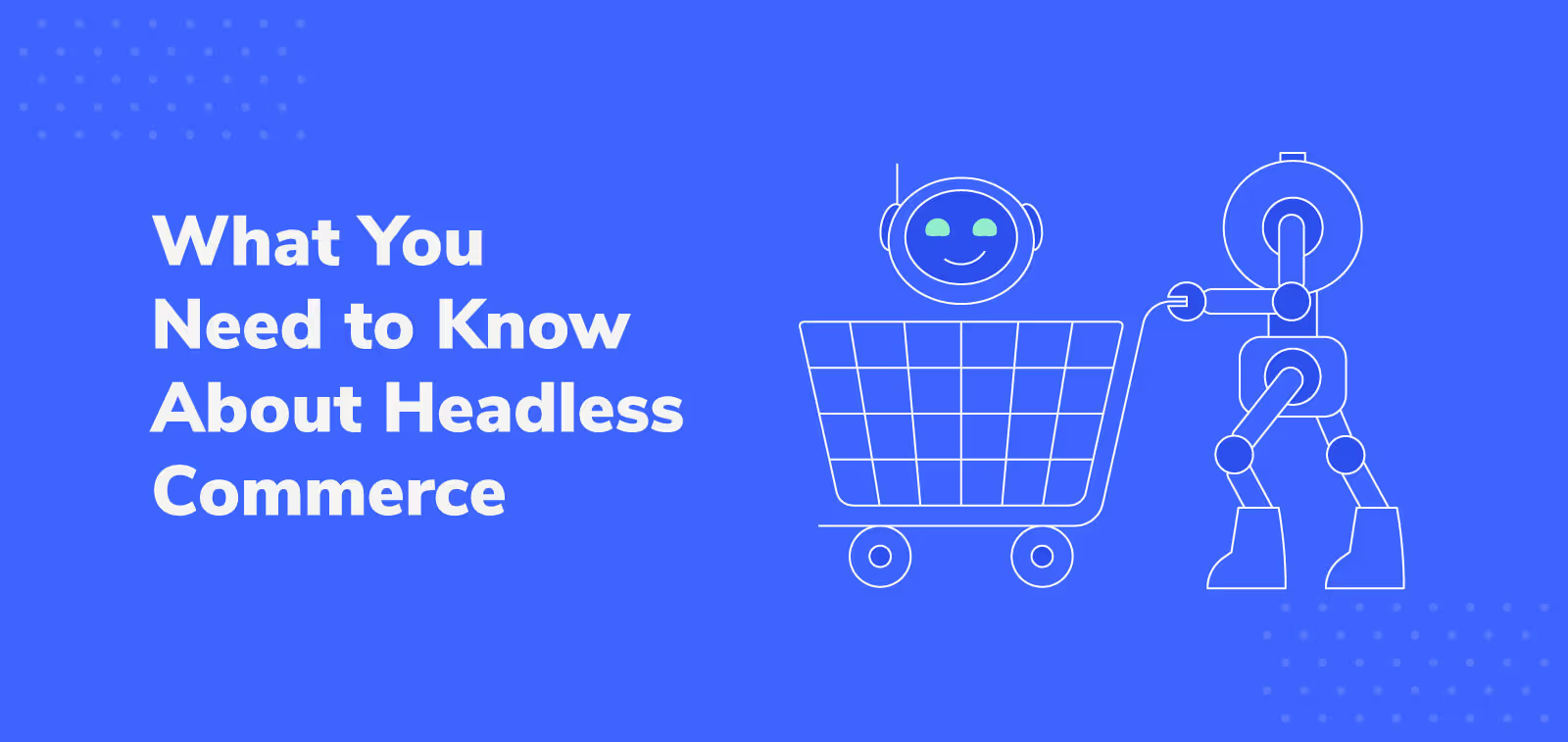4 Ecommerce Customer Acquisition Costs That are Worth the Investment

Remember the famous 1971 “I’d Like to Buy the World a Coke” ad? It was massively successful for the brand, but it cost more than $250,000 to produce — that's almost $1.7 million in 2022 dollars.
Your marketing strategy doesn’t need a budget the size of Coca-Cola’s to acquire new customers. But it’s also true that customer acquisition isn't free.
The following four investments will help your ecommerce customer acquisition strategy succeed — even with a modest marketing budget.
What is the ecommerce customer acquisition journey?
The ecommerce customer acquisition journey is the series of interactions between a potential customer and your brand that ultimately leads to their first purchase.
The initial path to purchase has three stages:
- Consideration. A prospect signals a genuine interest in your brand. An example is joining your mailing list.
- Evaluation. The prospect looks at your competition and decides which offers the greatest value and best customer experience.
- Purchase. The prospect signals an intent to buy, such as putting an item in their shopping cart.

1. Marketing automation platform
Marketing automation platforms are well worth their annual subscription fees because they handle routine tasks and help you create more personalized journeys toward a purchase.
The best marketing automation platforms offer multiple journey-building tools under one hood, such as email, SMS and live chat.
Many automation platforms also include a CRM, in which you can tag customers with their preferences. With this information, the automation platform can personalize interactions. And according to McKinsey, “companies that grow faster drive 40% more of their revenue from personalization than their slower-growing competitors.”
Organic skincare company Apple Rose Beauty uses ActiveCampaign to tailor its customer communication across marketing channels — like text, chat, and phone.

Say a prospect enters their email to get a transcript of the chat exchange. Apple Rose Beauty can plan a personalized follow-up journey based on that interaction.
Apple Rose Beauty also used ActiveCampaign’s email marketing tool to ask customers about their biggest skincare challenges. They followed up with quizzes based on responses to the first email. ActiveCampaign recorded each new bit of information, leading to richer customer profiles and greater personalized messaging.
The payoff
These welcome campaigns helped drive a 300% increase in online store sales, a feat that Apple Rose Beauty’s small marketing team could not have achieved manually. With many skincare sets retailing for $100+, a 300% increase in sales more than covers ActiveCampaign’s $339 monthly fee for 50,000 contacts (or less with fewer contacts).
2. Partnerships with like-minded brands
With partnership marketing, you collaborate with a brand or influencer to tap into their audience and amplify your own business. You typically need to pay the partner a fee or its equivalent in your product.
But if the numbers work and the partner’s audience aligns with your own, partnerships can be powerful ecommerce customer acquisition channels. In a Partnerize global survey of marketing decision-makers, 54% of respondents reported that partnerships drove “more than 20% of total company revenue.”
Influencer marketing rates vary widely based on the size of the partner’s following, the platform the partner uses, industry, and usage rights. A partner with 100,000 Instagram followers in a popular niche like fitness may charge hundreds of dollars per post. But a partner with 1 million followers who creates labor-intensive YouTube videos may charge thousands per post.
There’s also the investment of time. You need to research and vet partners, agree on terms, and set success metrics (like percent increases in follower count or sales).
Agencies such as Obviously can help you vet partners (for a fee), and a CRM will help you determine the traffic source that led prospects to your website. Another option is to assign UTM parameters to a unique partnership link, so you can track clicks and referrals in Google Analytics.
Consider a recent brand partnership between Chipotle and e.l.f. Cosmetics. e.l.f. created an eyeshadow set with colors resembling Chipotle condiments. With the help of giveaways and a strong influencer network, the brands leaned on their hundreds of thousands of social media followers to get the word out.

The payoff
e.l.f.’s full collection sold out in three days, with most products selling out in just 44 minutes.
3. A/B testing platform
Say you notice a high uptick in abandoned carts. Your UX designer reduces the number of clicks required to check out, but your abandoned cart rate remains unchanged.
A/B testing might hold the key to getting more customers to the finish line. You hypothesize that your product pages contain too much information, so you run a test that pits an existing product page against one with a shortened product description.
With A/B testing tools like Omniconvert, you install a bit of code on your website and use a special editor to create the test page. The software diverts half your traffic to the test page and the other half to your control page.
Consider the fashion brand Zalora. Their team wanted to make sure that their offerings of free returns and free delivery were positioned for maximum impact in their ecommerce store.

The payoff
Through A/B testing, Zalora determined that shifting the word “Free” from the green button to the beginning of the phrase improved checkouts by 12.3%. With its range of $50+ products, this boost in sales would cover the fees for an A/B testing tool like Omniconvert, which has a monthly subscription fee of $167.
4. Product protection plans
A potential customer may be curious about your products but hesitant to click “buy now” — especially if they’ve never seen the item in person. Product protection plans give customers the assurance that their investments are covered, so they’re more likely to make a purchase.
Assurant found that including an extended warranty for video game consoles and set-top streaming boxes increases the likelihood of purchase by 22%. For smart TVs and DVRs, that likelihood jumps by 21%.
Ecommerce merchants may think that adding product protection to their catalog will require some investment from them, but that’s not true. Modern providers like Extend enable merchants to offer these plans at no additional cost.
The customer pays for the cost of the plan, and the merchant receives a share of the revenue for every product protection plan sold.
Take headphone retailer 1MORE, which offers a variety of Extend plans.

The payoff
Three months after partnering with Extend, 1MORE saw a 14.6% plan conversion rate and a 2.3% increase in revenue.
Even better, Extend handles all customer inquiries about the plans, so there’s no additional overhead on your end. Our team handles claims, so your customers stay happy.
Loyalty starts with your ecommerce customer acquisition strategy
If your customer acquisition marketing spend doesn't have the return on investment you anticipated right away, it doesn’t mean those dollars were wasted. It takes time to attract new online business, even with new tools. Be patient and build a clear system for tracking the results of each acquisition tool, so you know which investments are worthwhile for your brand.
Once you’ve found the most efficient way to acquire customers, you can use these insights to hone the final stage of the customer journey: the journey to brand loyalty.
To see how Extend can play a role in your customer acquisition strategy, contact us here for a demo.
Aaron Sullivan is senior content marketing manager at Extend. He specializes in writing about e-commerce, finance, entertainment, and beer.
.svg)













































.avif)










